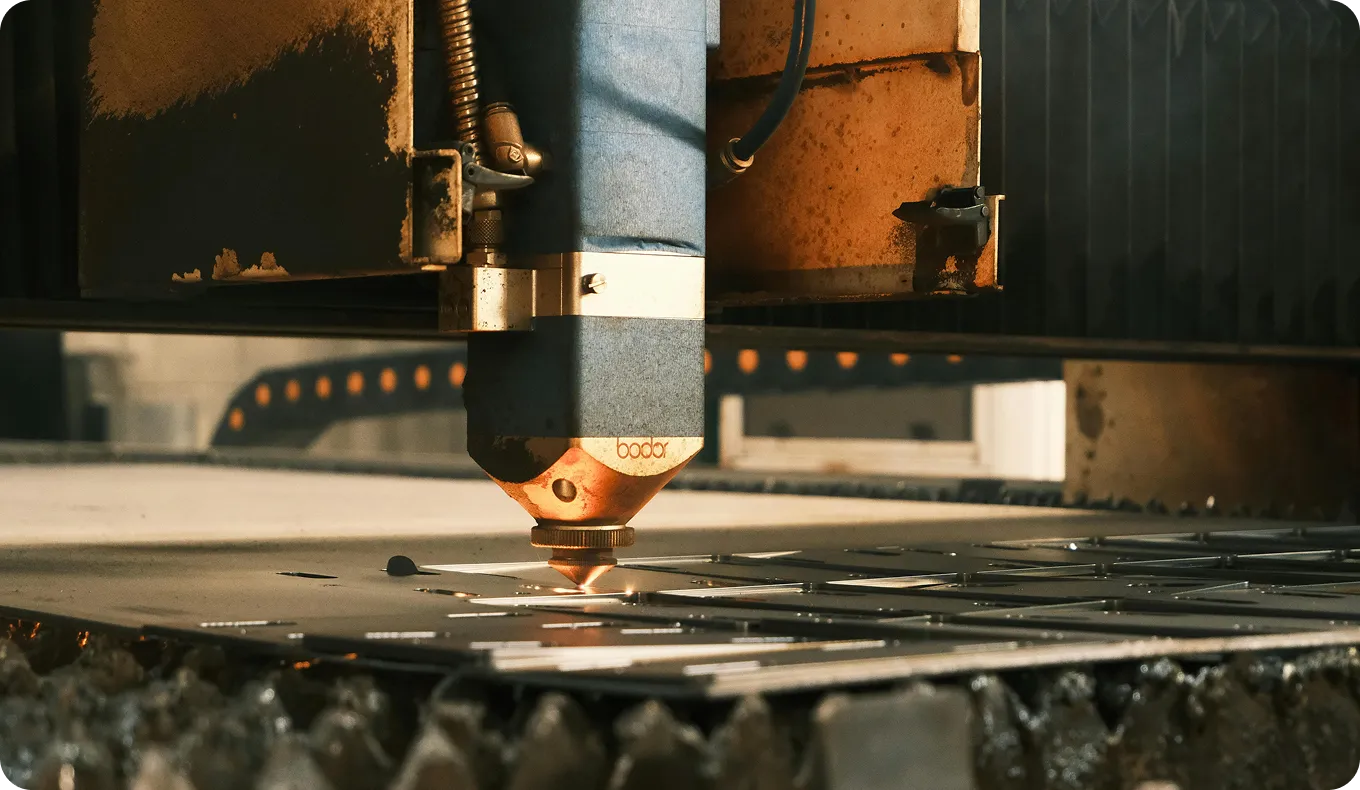Two-Stage Object Detectors
Discover the power of two-stage object detectors—accuracy-focused solutions for precise object detection in complex computer vision tasks.
Two-stage object detectors are a class of computer vision models that identify and locate objects in an image or video through a sequential, two-step process. This methodology is known for its high accuracy, particularly in localizing objects precisely, though it often comes at the cost of higher inference latency. The fundamental idea is to first identify potential areas of interest and then perform detailed classification and localization on only those promising regions.
The Two-Stage Process
The operation of a two-stage detector is split into distinct, sequential phases:
Region Proposal Generation: In the first stage, the model scans the image to generate a set of candidate regions, known as "regions of interest" (RoIs) or proposals, that are likely to contain an object. This is typically accomplished by a submodule called a Region Proposal Network (RPN), as famously introduced in the Faster R-CNN architecture. The goal of this stage is not to classify the objects but simply to reduce the number of locations the second stage needs to analyze.
Object Classification and Bounding Box Refinement: In the second stage, each proposed region is passed to a classification head and a regression head. The classification head determines the class of the object within the RoI (e.g., "person," "car," "dog") or designates it as background. Concurrently, the regression head refines the coordinates of the bounding box to fit the object more accurately. This focused analysis of pre-selected regions allows the model to achieve high localization precision.
Two-Stage vs. One-Stage Detectors
The primary distinction lies in their operational pipeline. Two-stage detectors separate the tasks of localization and classification, whereas one-stage object detectors perform both tasks simultaneously in a single pass.
- Two-Stage Detectors (e.g., R-CNN family): Prioritize accuracy. The two-step process allows for more detailed feature extraction and refinement for each potential object, which leads to better performance on complex scenes with many small or overlapping objects. Their complexity, however, makes them computationally intensive and slower.
- One-Stage Detectors (e.g., Ultralytics YOLO, SSD): Prioritize speed and efficiency. By treating object detection as a single regression problem, they achieve real-time inference speeds suitable for applications on edge AI devices. While modern one-stage models like YOLO11 have significantly closed the accuracy gap, two-stage detectors may still be preferred for tasks demanding the highest possible precision.
Prominent Architectures
The evolution of two-stage detectors has been marked by several influential models:
- R-CNN (Region-based Convolutional Neural Network): The pioneering model that first proposed using region proposals with a convolutional neural network (CNN). It used an external algorithm called Selective Search to generate proposals.
- Fast R-CNN: An improvement that processed the entire image through a CNN once, sharing computation and speeding up the process significantly.
- Faster R-CNN: Introduced the Region Proposal Network (RPN), integrating the region proposal mechanism into the neural network itself for an end-to-end deep learning solution.
- Mask R-CNN: Extends Faster R-CNN by adding a third branch that outputs a pixel-level mask for each object, enabling instance segmentation.
Real-World Applications
The high accuracy of two-stage detectors makes them valuable in scenarios where precision is paramount:
- Medical Image Analysis: Detecting subtle anomalies like small tumors, lesions, or polyps in medical scans (CT, MRI) requires high accuracy to aid diagnosis. Precise localization is critical for treatment planning. See more on AI in healthcare and research in journals like Radiology: Artificial Intelligence. You can explore datasets like the Brain Tumor dataset for related tasks.
- Autonomous Driving: Accurately detecting and localizing pedestrians, cyclists, other vehicles, and traffic signs, especially small or partially occluded ones, is crucial for the safety systems of self-driving cars. Companies like Waymo rely heavily on robust perception systems.
- Detailed Scene Understanding: Applications requiring a fine-grained understanding of object interactions or precise counting benefit from higher accuracy.
- Quality Control in Manufacturing: Identifying small defects or verifying component placement in complex assemblies often demands high precision. Learn more about AI in manufacturing.
Training these models typically involves large labeled datasets, such as the COCO dataset, and careful tuning. Ultralytics provides resources for model training and understanding performance metrics. While Ultralytics focuses on efficient one-stage models like Ultralytics YOLO, understanding two-stage detectors provides valuable context within the broader field of object detection.







.webp)
